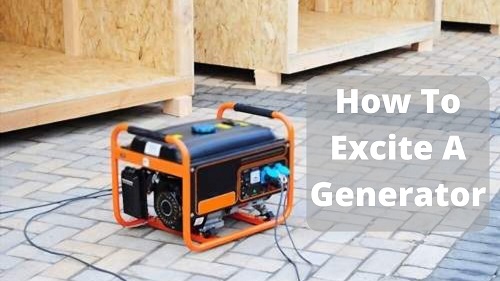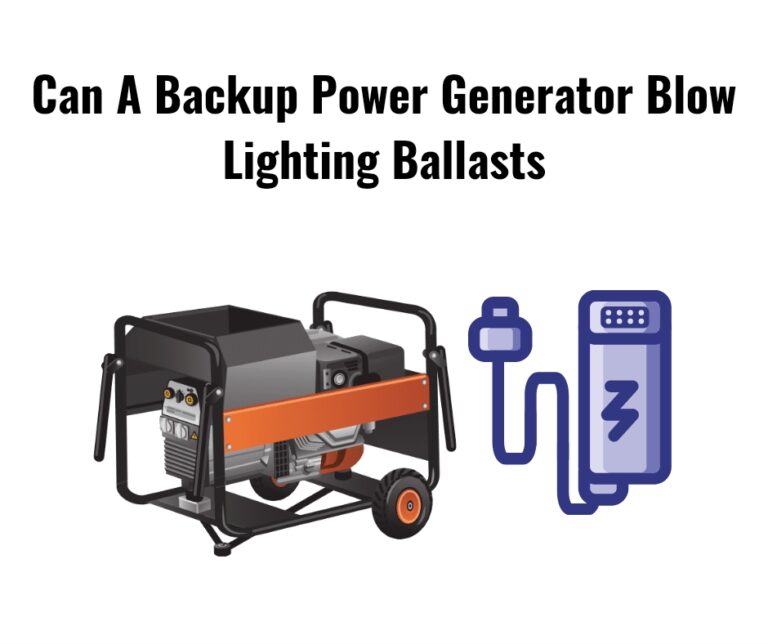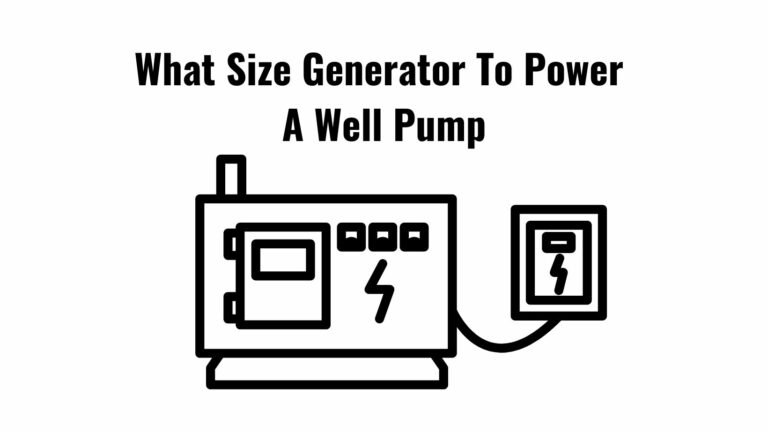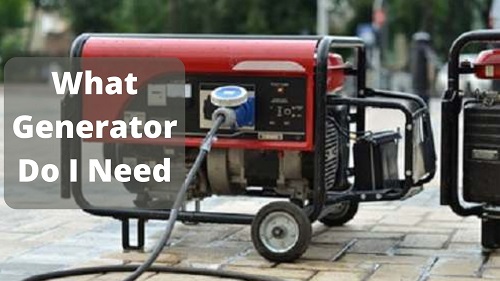
Generators are essential pieces of equipment for many businesses and facilities. However, there are a few things you can do to help keep your generator in good condition and running smoothly. This blog post will discuss a few ways on how to excite a generator. By following these tips, you can help ensure that your generator is always up and running when you need it. Let’s get started!
Exciting a Generator
Generators are excited by an electric current which causes the magnetic field in the stator to rotate. This rotating magnetic field then induces a current in the rotor which in turn creates a magnetic field. The interaction between these two magnetic fields produces the torque that is needed to turn the generator’s output shaft.
There are a few different ways to create the initial electric current needed to excite the generator. One common method is to use an external power source, such as a battery, to provide the initial current. Another method is to use a small electrical motor known as an exciter.
Once the generator is excited, it will continue to produce electricity as long as there is a rotating magnetic field present. This can be achieved by keeping the generator’s output shaft connected to an external power source, such as a diesel engine or a turbine.
If you need to shut down the generator for any reason, it is important to de-excite the generator first. This can be done by disconnecting the external power source and allowing the generator to coast to a stop. Once the generator has stopped, the magnetic field will dissipate and the generator will be safe to shut off.
Following these tips can help you Excite a Generator and keep it running smoothly. If you have any questions, please contact your local generator experts today.
Why Do You Need To Excite A Generator?
Generators produce electricity by spinning a coil of wire inside a magnetic field. The strength of the magnetic field is what determines the strength of the electricity that is produced. In order to create a strong enough magnetic field, the generator must be “excited” with a strong electrical current.
This is typically done with a large battery. Once the generator is excited, it can then be used to power electrical equipment.

Steps to excite a generator:
- Connect a large battery to the generator’s terminals.
- Close the switch that connects the battery to the generator.
- Allow the current from the battery to flow through the generator for a few seconds.
- Open the switch that connects the battery to the generator.
- The generator is now excited and will produce electricity.
Reasons for the loss of Residual Magnetism:
- The generator was not excited properly when it was first turned on.
- The generator has been turned off for an extended period of time.
- The generator’s output shaft has been disconnected from the external power source.
- The generator has been overloaded and damaged.
- The generator’s magnets have become demagnetized.
If you are experiencing any of these problems, it is important to contact your local generator experts for assistance. They will be able to help you Excite a Generator and get it running smoothly again.
How to Prevent the Loss of Residual Magnetism?
If a generator is shut down for an extended period of time, it can lose its residual magnetism. This can be prevented by regularly exciting the generator, even when it is not in use. By doing this, you will ensure that the generator is always ready to produce electricity when you need it.
How Often Should You Excite A Generator?
How often you excite a generator will depend on how often it is used. If the generator is used regularly, then it should be excited once a month. If the generator is only used occasionally, then it can be excited once every few months.
Conclusion
Exciting a generator is not as difficult as it may seem. With a few simple tips, you can have your generator up and running in no time. Be sure to keep these things in mind when preparing to excite your generator.
You Can Also Read!






